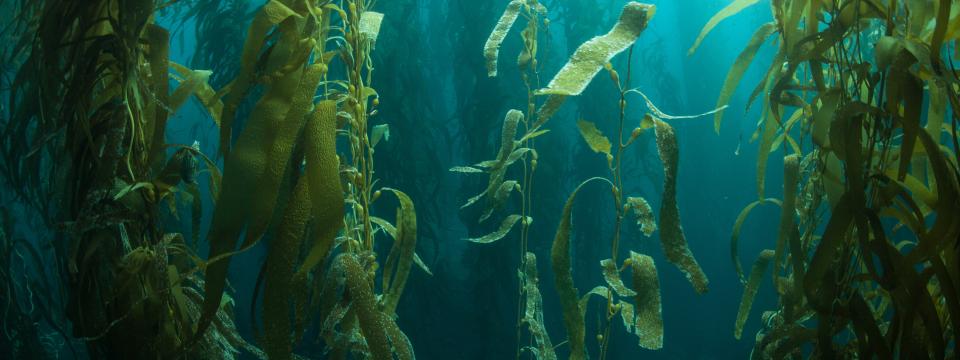Part of the development of this consortium involves defining concepts used in members’ research. This is to provide researchers a map of the range of meanings used throughout interdisciplinary teams often working on similar topics with different methods.
This catalog, or Conceptual Inventory, is a work-in-progress and we encourage multiple definitions of the same term, as well as additions. CASP members can submit a concept or a term that you would like the project leadership to consider defining and adding to the inventory. If there is a definition that you disagree with, please submit an alternative using either of the forms above.
An example of a concept entry in the inventory:
Function (Biological Role)
The manner in which an item or activity contributes to a complex activity or capacity of a biological system. (Note: a “complex activity” is the result of the way the parts and activities of a system are organized.) Compare to “Function (Activity).”
References:
Wouters, A.G. (2003). “Four notions of biological function.” Studies in History and Philosophy of Biological and Biomedical Sciences 34:633–668.
Allied Concepts:
Function (Activity), Function (Biological Advantage), Function (Evolutionary), Teleology,
Topical Filter:
Function and Teleology
Reciprocal Causation
A form of causal relationship in which two processes exert a mutual influence on one another; or, a form of causation involving interactions and feedback across multiple causal levels.
Buskell, A. (2019). “Reciprocal causation and the extended evolutionary synthesis.” Biological Theory 14:267–279.
Causation in Development and Evolution
Regulation (or, Biological Regulation)
The capacity of biological systems to modulate their component processes in response to changes in internal or external conditions.
Bich, L., Mossio, M., Ruiz-Mirazo, K. and A. Moreno. (2016). “Biological regulation: controlling the system from within.” Biology & Philosophy 31:237–265.
Replicator
An entity that passes on its structure largely intact through successive replications.
Hull, D.L. (1980). “Individuality and selection.” Annual Review of Ecology and Systematics 11:311–322.
Agential Explanation, Gene’s-Eye View of Evolution, Interactor, Natural selection, Selfish Gene Theory
Robustness
The ability of a system to maintain its functionality and organization despite internal and external perturbations.
Kitano, H. (2004). “Biological robustness.” Nature Reviews Genetics 5(11):826–837.
Self-Determination
A regime of organization in which parts make specific and mutually complementary contributions to the maintenance of a whole, or system.
Mossio, M. and L. Bich. (2017). “What makes biological organisation teleological?” Synthese 194:1089–1114.
Autonomy, Constraint, Organizational Closure, Regulation (or, Biological Regulation), Work-Constraint Cycle
Agency and Autonomy
Selfish Gene Theory
A presentation of evolutionary theory based on the idea that the gene is the ultimate beneficiary of evolution by natural selection.
Dawkins, R. (1976). The Selfish Gene. Oxford: Oxford University Press.
Adaptation, Gene’s-Eye View of Evolution, Interactor, Natural selection, Replicator
Spandrel
A trait that arose as a correlate of growth or an accidental by-product of selection on a different trait, and therefore has no proper evolutionary function.
Gould, S.J. and R.C. Lewontin (1979). “The spandrels of San Marco and the Panglossian paradigm.” Proceedings of the Royal Society of London B 205:581–598.
Adaptation, Exaptation, Fitness (Absolute), Fitness (Relative), Function (Evolutionary), Natural selection
Adaptation and Adaptationism
Teleology
Either: a kind of explanation that makes reference to an end, goal or purpose (“teleological explanation”); or, a kind of phenomenon characterized by apparent or actual goal-directedness (“teleolog
Lennox, J.G. (1992). “Teleology.” In E.F. Keller, & E.A. Lloyd (Eds.), Keywords in evolutionary biology (pp. 324–333). Cambridge, MA: Harvard University Press.

